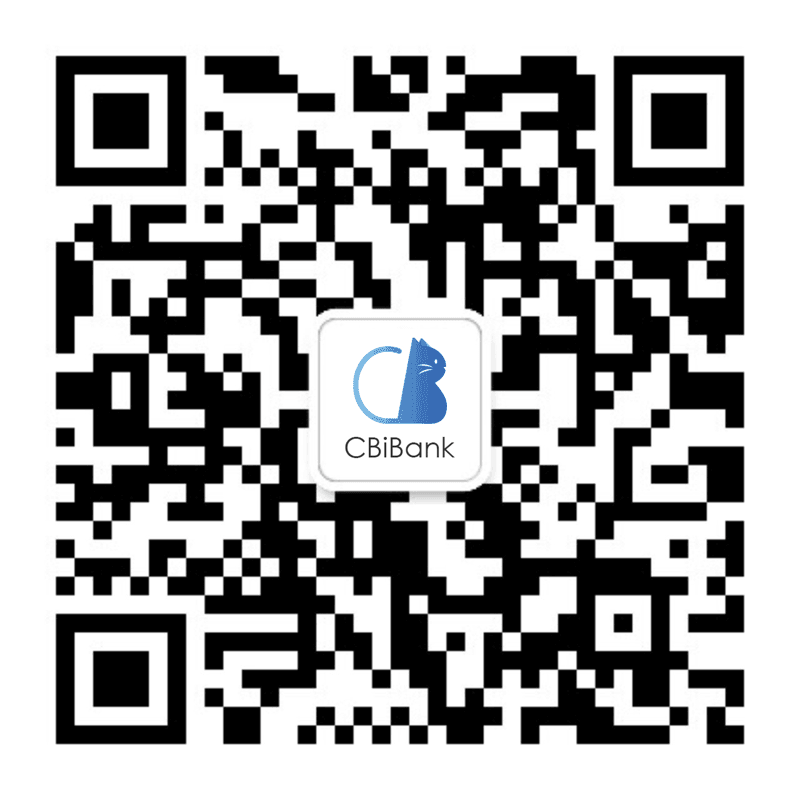Cross-Border Collection: How It Works and Why It Matters
Cross-border collection refers to the process of receiving payments from customers or businesses located in different countries. It is a crucial aspect of international trade, e-commerce, and global business operations. Whether you are an online seller, an exporter, or a freelancer, having an efficient cross-border collection system ensures smooth international transactions.
In this article, we’ll explore what cross-border collection is, how it works, the best payment methods, and the challenges businesses face when collecting payments from abroad.
1. What Is Cross-Border Collection?
Cross-border collection is the process of receiving payments from clients or customers in foreign countries. It involves handling different currencies, payment regulations, and banking systems.
Businesses and individuals use cross-border collection for:
✔️ International trade and exports – Companies selling products overseas need a reliable way to collect payments.
✔️ E-commerce transactions – Online stores must accept payments from global customers.
✔️ Freelance and remote work – Independent professionals working with international clients require secure payment solutions.
✔️ Subscription and SaaS services – Companies offering digital services to global customers need seamless recurring payment systems.
A well-structured cross-border payment system ensures faster transactions, reduced fees, and higher customer satisfaction.
2. How Does Cross-Border Collection Work?
Cross-border collection typically involves several steps:
2.1 Customer Makes a Payment
· The buyer selects a payment method (bank transfer, credit card, digital wallet, etc.).
· The payment is processed through an international payment gateway or financial institution.
2.2 Currency Conversion and Processing
· If the payment is made in a foreign currency, the amount is converted based on exchange rates.
· The transaction goes through compliance checks, including fraud detection and regulatory verification.
2.3 Payment Settlement
· The funds are transferred to the recipient’s offshore or domestic bank account.
· The recipient may face withholding taxes or bank processing fees, depending on the country and payment method.
Using a trusted cross-border payment provider like CBiBank ensures secure and efficient transactions for international businesses.
3. Best Payment Methods for Cross-Border Collection
Different businesses require different payment solutions. Here are the most commonly used cross-border collection methods:
3.1 Bank Wire Transfers
✔️ Suitable for large transactions and B2B payments
✔️ Secure and widely accepted
❌ Can be expensive due to transfer fees and exchange rate charges
❌ May take several days to process
3.2 Payment Gateways (e.g., PayPal, Stripe, CBiBank)
✔️ Fast and convenient for e-commerce transactions
✔️ Supports multiple currencies and payment methods
❌ Transaction fees can be high
❌ Some services have country restrictions
3.3 Digital Wallets (e.g., Payoneer, Wise, Alipay, WeChat Pay)
✔️ Ideal for freelancers and small businesses
✔️ Lower fees compared to traditional banks
❌ Not all digital wallets support global transactions
3.4 Cryptocurrency Payments
✔️ No intermediaries, reducing transaction costs
✔️ Fast global transactions
❌ Regulatory uncertainty and price volatility
3.5 Offshore Banking Solutions (e.g., CBiBank Offshore Accounts)
✔️ Helps businesses manage multi-currency transactions efficiently
✔️ Reduces international transfer fees
✔️ Enhances financial privacy and security
Choosing the right cross-border collection method depends on transaction volume, speed, cost, and security requirements.
4. Challenges in Cross-Border Collection
While cross-border payments are essential for global business, they come with challenges:
�� Currency Exchange Fluctuations – Unstable exchange rates can affect profit margins.
�� High Transaction Fees – Banks and payment providers charge fees that can reduce revenue.
�� Regulatory Compliance – Different countries have strict anti-money laundering (AML) and tax laws.
�� Payment Delays – International transactions can take several days to process.
�� Fraud Risks – Cross-border transactions are more vulnerable to fraud and chargebacks.
Using a trusted financial partner like CBiBank helps businesses navigate these challenges with secure and efficient international payment solutions.
5. How to Optimize Cross-Border Collection?
To improve the efficiency and cost-effectiveness of cross-border payments, businesses can:
✅ Use Multi-Currency Accounts – Holding multiple currencies reduces conversion fees.
✅ Choose the Right Payment Provider – Services like CBiBank offer tailored solutions for global businesses.
✅ Negotiate Lower Fees – Some payment providers offer better rates for high transaction volumes.
✅ Ensure Regulatory Compliance – Understanding tax and banking regulations helps avoid legal issues.
✅ Use Automated Payment Systems – Automating invoicing and payment tracking improves efficiency.
Conclusion
Cross-border collection is essential for businesses and individuals involved in international transactions. Choosing the right payment method, understanding compliance requirements, and working with a reliable banking partner like CBiBank can help ensure smooth and cost-effective international payment processing.
By optimizing your cross-border collection strategy, you can expand your global reach, improve cash flow, and enhance customer satisfaction in the competitive international market.
Related articles

 WeChat of CBiBank
WeChat of CBiBank